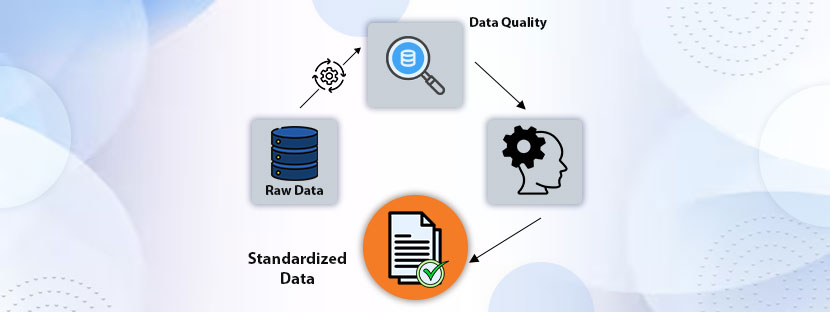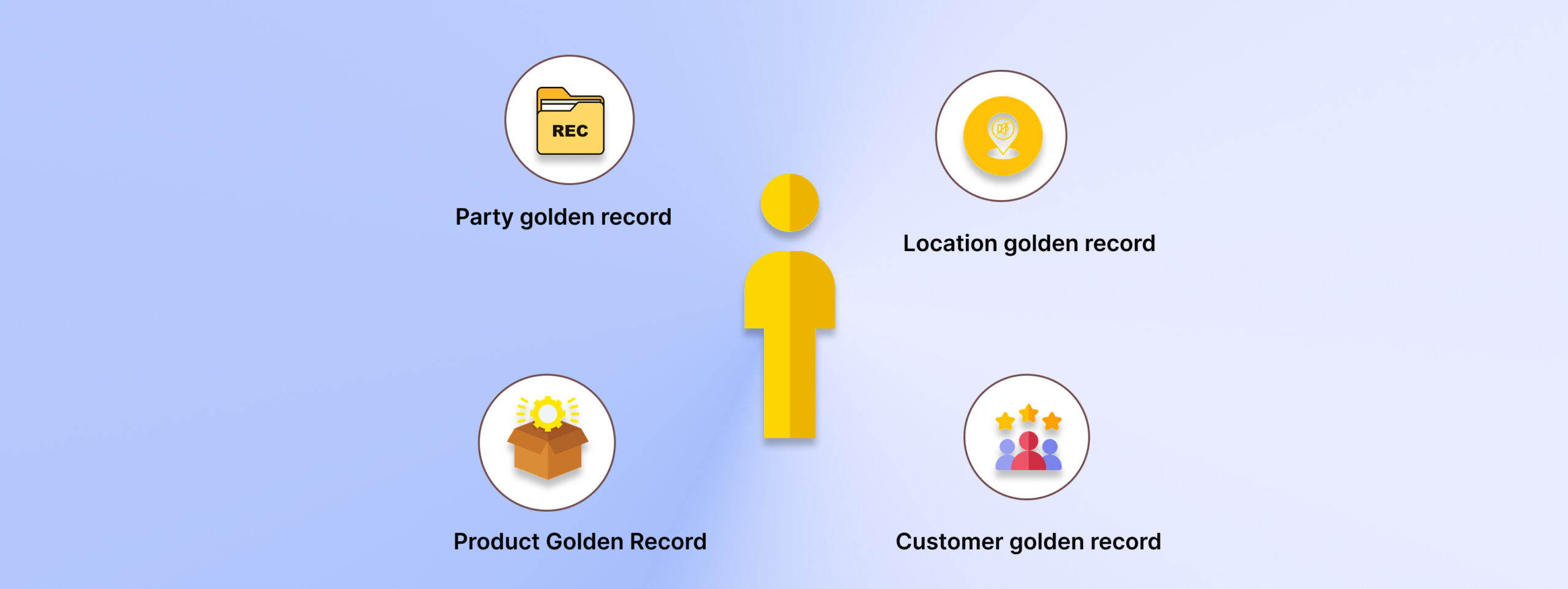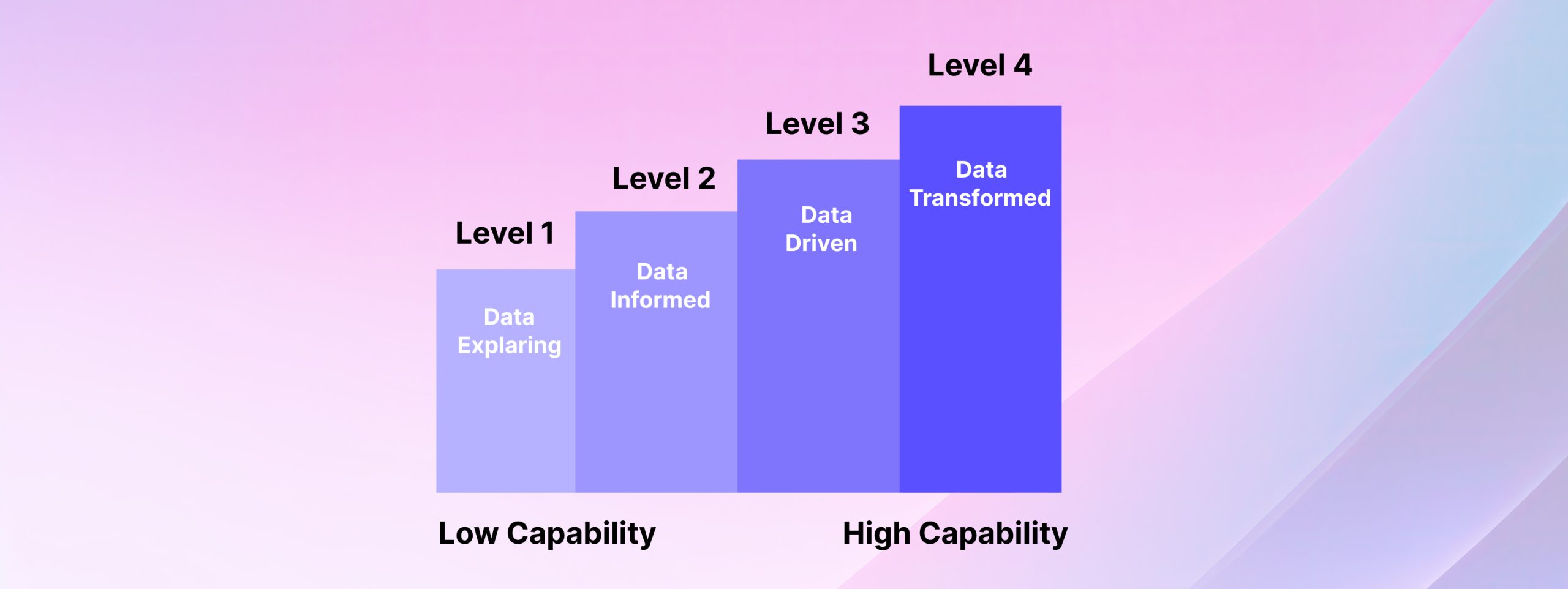Businesses, at the present age, heavily rely on accuracy to make informed decisions. Without data, there’s no great thing. Well, Data standardization is the process of making datasets accurate and reliable. Thus, following data standardization best practices is crucial for accurate data management.
Data standardization is a clean strategy where the quality of the data comes first. It eliminates extraneous data, identifies errors, and fixes them. Standardized data is easier to work with because it’s clean and direct.
From marketing to CRM, the requirement for standardized data is massive. Let’s understand data standardization best practices and tips through this blog. So that you can enhance the quality of your data to enhance your operations.
Things Involved in Data Standard Management
Data standardization is an established strategy that involves various minute elements. Data governance plays a massive role in stabilizing data standards. To successfully standardize your data, you need to follow all these data governance principles accurately. Let’s see what these principles include;
Easy and Simple Data Management
Set clear instructions on data formats, terminologies the data has, permissible data variables, and other matters. Besides setting instructions, another important thing you need to check is consistency. It simply means your datasets must be represented thoroughly in the database.
Data Stakeholders’ Protection
The protection of the data stakeholders is one of the data standardization best practices that you need to ensure. To protect them, you need to implement policies for your stakeholders. It allows them to use your data responsibly and ethically with legal protection.
Assessing Current Standards
Setting data standards and then relaxing is not enough, though. You need to constantly look for new scope in your existing policies. Assess your current framework to find areas of improvement. Remember that the new improvements must be aligned with your organization’s goals.
Roles and Responsibilities Distribution
Instill accountability standards in the data workspace. Therefore, it will make your data stakeholders more aware of their responsibilities. Besides that, you must assign clear roles to all the data workers for better and more effective management.
Complete Compliance
The protection of sensitive information is the ultimate responsibility of the businesses that hold public data. Hence, the data standards you follow must meet all the compliance with appropriate data policies. Besides sensitive data protection, legal and ethical compliance are there to protect your datasets.
Data standardization best practices to make your business operations super strong
Clean and enriched data is important for businesses to run efficiently. When you have a standardized dataset, you can target your potential customers in a far better manner.

Data standardization is a technique that maintains the uniformity of your data. It means you can have a consistent data flow into your operation throughout. Plus, it helps maintain organizational data integrity, which strengthens data operations across departments.
There are some popular data standardization best practices you need to consider here;
Get to know the source
Identifying the source and nature of the data is important at the beginning. Once you get to know the data sources, you can set better standards instead of going general. For this, you need to understand the origin, formats, and discrepancies of the data.
Use data profiling tools to dissect the data. You can understand the quality, accuracy, consistency, and completeness of your data. These tools will provide you with an idea regarding your data. Apart from that, you need to audit your data in a frequently manner to mitigate quality issues.
Define data standards clearly
It’s extremely important to set guidelines for data standardization. This will maintain the flow of consistent data across data channels. The guideline must include the format, name convention rules, permitted values, and other various matters. Note that you need to set the goals clearly without using any ambiguous words.
Duplicate removal
Now comes the main part where you need to do some work. After planning the standardization plan, the first step is to remove all duplicate data that your database might have. Duplicate data can cost you a lot. Because of duplicate data, you might end up spending on the same prospect twice. Duplicate entries mean double counting, which is basically an error.
Data deduplication is the thing that you need to start immediately as a part of following up data standardization best practices in the operations.
Validation and verification
Prevent bad data from entering your standardized datasets. Install a data verification mechanism at the beginning for this. Setting up data validation and verification rules is a quite common practice of data management organizations. This filters out bad data and makes the dataset standardized.
Enrich validated data
Following up on data standardization best practices, you need to enrich your existing data. It’s more like adding up a little extra to your database so it would look more elaborate.
For example, if you get your prospect’s mail ID, then you can get other information also to send the prospect a personalized email. Don’t worry! This will not breach any data privacy law. For this, you can use any data standardization tool, or you can collect data from social media and other platforms.
Besides tools, you can also delegate this task to any professional data processing company via outsourcing. These companies will take care of your data exclusively. They can enrich your data using the latest tools and use their human insights to filter out odd data.
Measure quality metrics
Three things you must not ever forget to measure in this key matter are;
In essence, the quality of the data matters the most at the end of the day. Therefore, setting up quality standards is a must, and you need to measure it through KPIs (Key Performance Indicators). Apart from that, you need to ensure that your datasets are complete and consistent. Lastly, the data standards must have a time framework to complete.
Let tools help
You can easily follow and implement data standardization best practices in your organization if you use the right tools. There are plenty of new software and tools available in the market that can help you. Top organizations across different industries use tools to standardize their datasets. However, they installed a semi-automated framework where data experts use the tools to standardize datasets. This works best in the present context because this method ensures high accuracy of the records.











